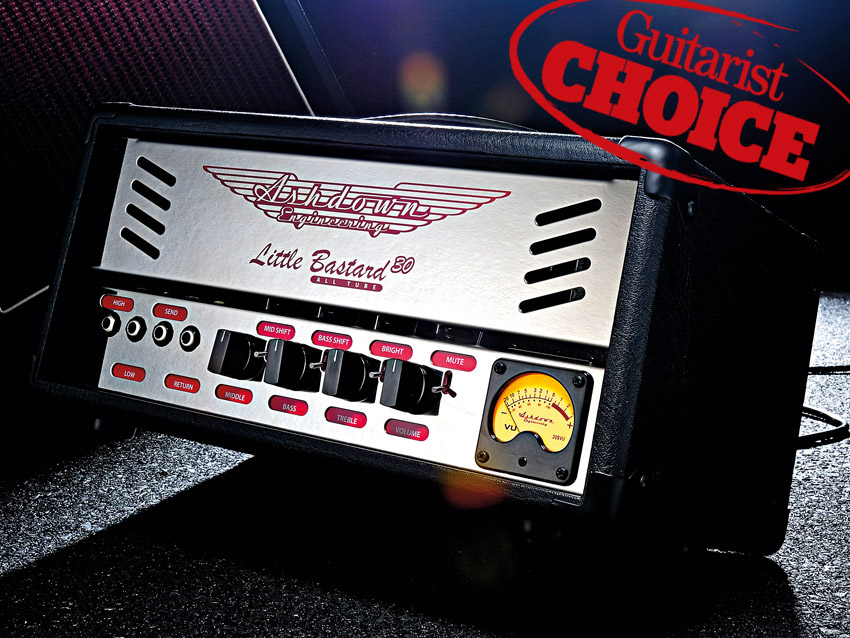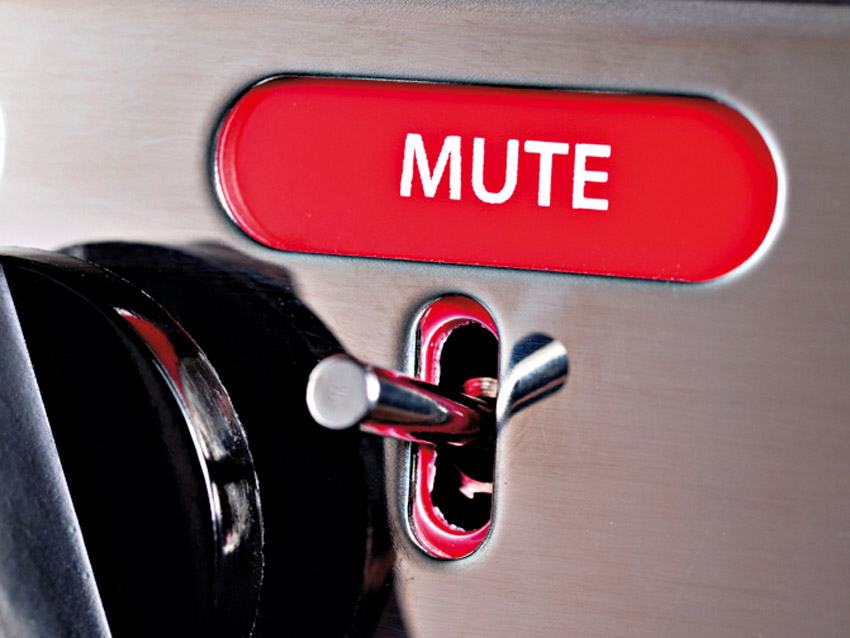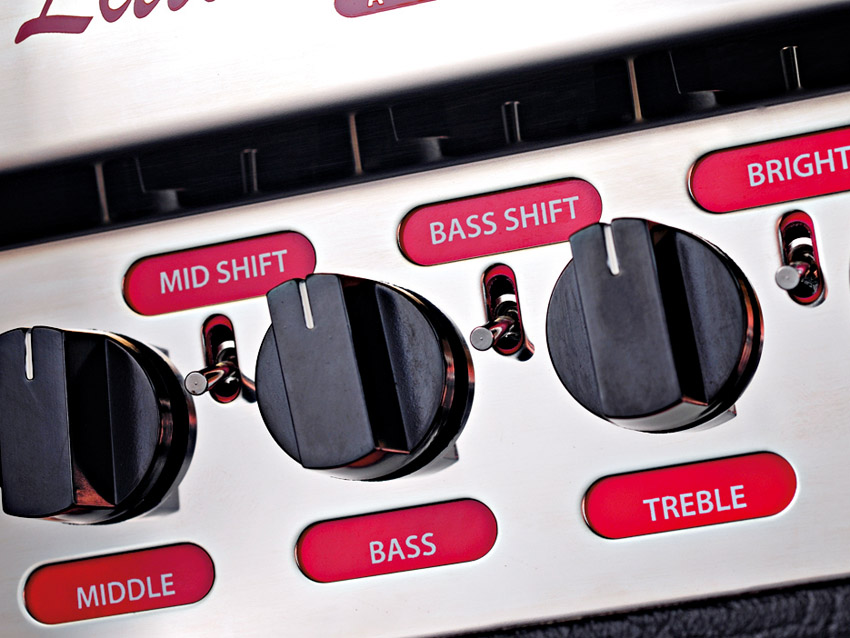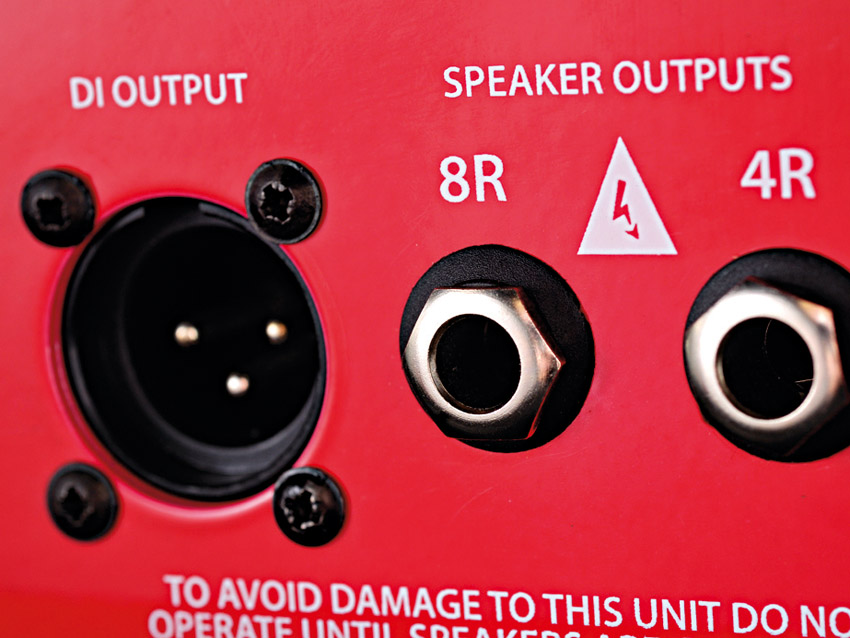MusicRadar Verdict
There's something very special about this set-up. It certainly looks good, but the sound of EL84s and a couple of 12-inch drivers is just so damn good to hear again.
Pros
- +
Stylish retro design. Classic bass sounds.
Cons
- -
No sign of the Ashdown Sub Harmonic feature loved by many.
MusicRadar's got your back

Ashdown Little Bastard LB 30H Head

Ashdown Little Bastard LB 30H Head

Ashdown Little Bastard LB 30H Head

Ashdown Little Bastard LB 30H Head
Since it was established as one of the primary agents of bass amp cool, Ashdown has always excelled in style, and never more so than with this simple and compact Little Bastard.
Curiously monickered after the nickname screen legend James Dean coined for his car, it proves to be highly appropriate. The cabinet with its cloth grille and classic 2 x 12 proportions is totally retro - even though the side port slot suggests far better understanding of acoustics than real retro designs - while the head presents a classy blend of both past and more modern elements: typical Ashdown.
"The head's chromed control panel is very simply laid-out."
Set-up with the cabinet standing vertically and the amp placed on top, this looks far more like a piggy-back, old-Fender-style configuration than a mini-stack. The head's chromed control panel is very simply laid-out with high and low inputs and the minimum of chunky-knobbed rotary controls - middle, bass, treble and volume.
Each control has an associated switch providing mid-shift, bass-shift, bright and mute. Then there's the send and return jack sockets for the effects loop and the typical Ashdown VU output meter - pleasantly simple.
At the rear we have the mains lead socket and power switch, DI output and standard speaker connectors (4 and 8 ohm) for the cabinet. Our review model is hand-built in the UK, but if your budget is a tighter then there's an alternative head built to identical spec in China that will save you £150.
Sounds
Not only does the VU meter look really good, it also tells us that even when pushing hard this set-up is working well within its capabilities.
It's essential to use the correct active or passive input, depending on your bass, as with no preamp gain control you could easily introduce unwanted front-end distortion. Some may see that as an omission, but in reality it's actually the simplicity of the whole circuit design that allows your bass to reveal its full potential rather than over-colouring its natural sound.
Want all the hottest music and gear news, reviews, deals, features and more, direct to your inbox? Sign up here.
Fewer controls means better interaction and understanding of each frequency, while the switches provide that extra dimension for personal preferences. This is a passive tonal EQ, so everything you alter has a bearing on everything else in the circuit.
Bass Shift and the Bright switch offer direct enhancement at the extremes of the Little Bastard's tonal range but being an all-valve unit, the Mid Shift is far more subtle in operation. However it does help to define your playing style, so one way will suit the traditionalist while the other will enhance a more contemporary feel.
By using all three switches and spinning the tone controls we found more than enough tonal variation, all of which benefit from a gorgeous valve quality. It can certainly be a smooth Bastard - it excels in classic tones and delivery - but give it a little tonal push and it becomes far brasher and releases a very pleasing raspy growl that will curdle the milk and send the cat running for cover.
At 30 watts it may not be the loudest thing around, but it's certainly got far more power than you'd expect. This is because the whole circuit is totally over-engineered with quality components, all of which are working at their correct values and well within their destined parameters, so everything can be pushed harder without any fear of damage or unwanted effect.
"Give it a little tonal push and it releases a very pleasing raspy growl that will send the cat running for cover."
The direct result of circuit and component efficiency is power, so in truth there's more than enough to get you noticed and all with a determined delivery that's worth its weight in gold.
Speaking of efficiency, it's important to note that although there's a 1 x 12 cabinet available it's not designed to work alongside the 2 x 12 unit. Two 1 x 12 or 2 x 12 units work fine, but avoid using one of each, as the impedance isn't matched.
Without a doubt the Little Bastard is something very special from Ashdown. It most certainly lives up to its name - the modest appearance and control compliment belies a little beast inside just waiting to be unleashed.
On one hand it can sound gloriously warm and luxuriant, but drive it a little harder and it will respond with bite and venom, so be sure you're prepared to cope with the challenge.
That said, this is by no means an amplifier for all occasions. But it has all the necessary ingredients to produce some truly fantastic classic bass sounds at small gig/recording levels, including early rock 'n' roll, blues, Motown and beyond, depending on your choice of instrument.
That's hardly surprising as the combination of 30-watt valve head and 2 x 12 cabinet takes us back where bass amplification first made a positive statement in those classic combos produced in the fifties.
Now that modern PAs are so good, and volume isn't the be-all to bassists, what better time to come full circle?